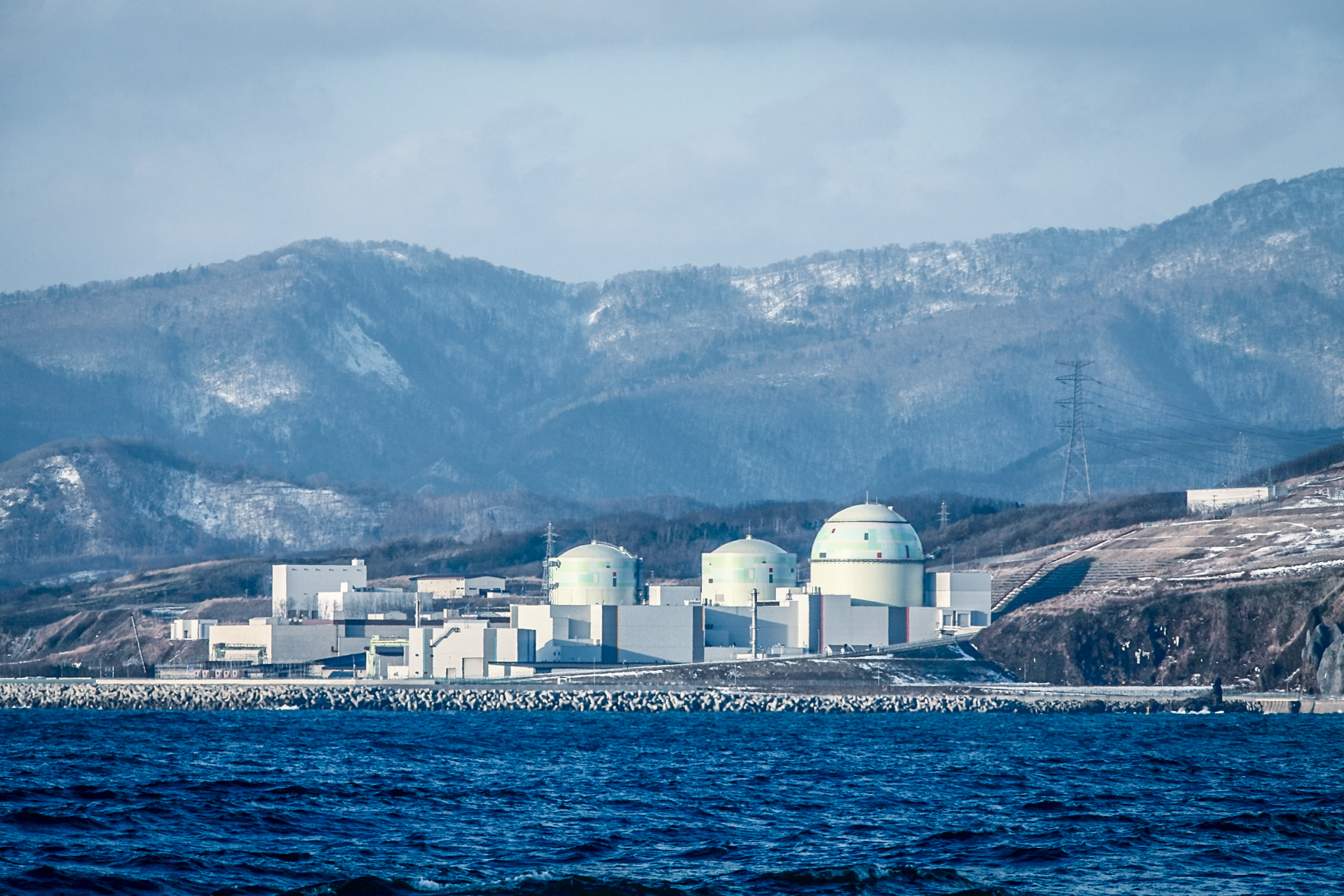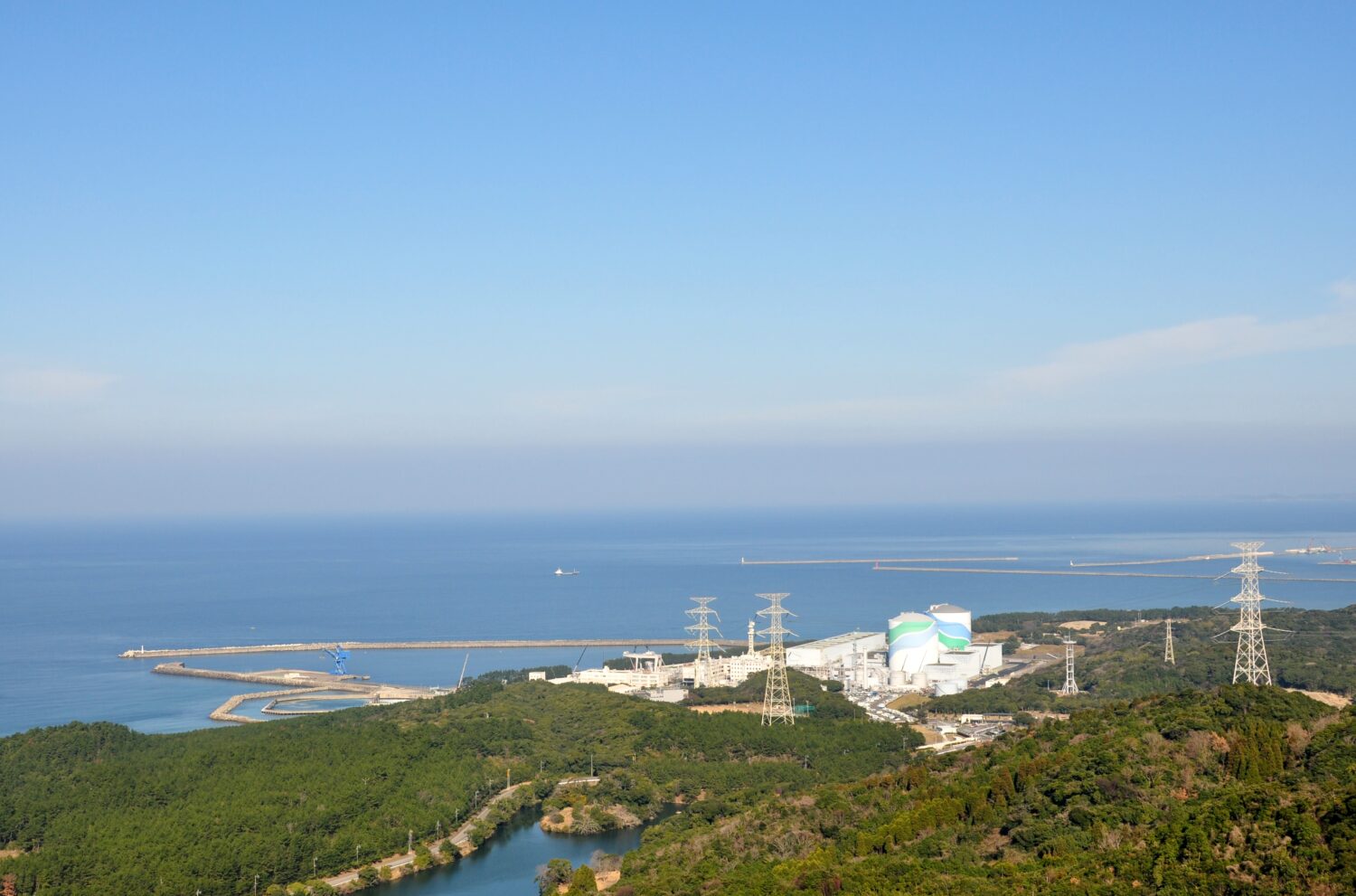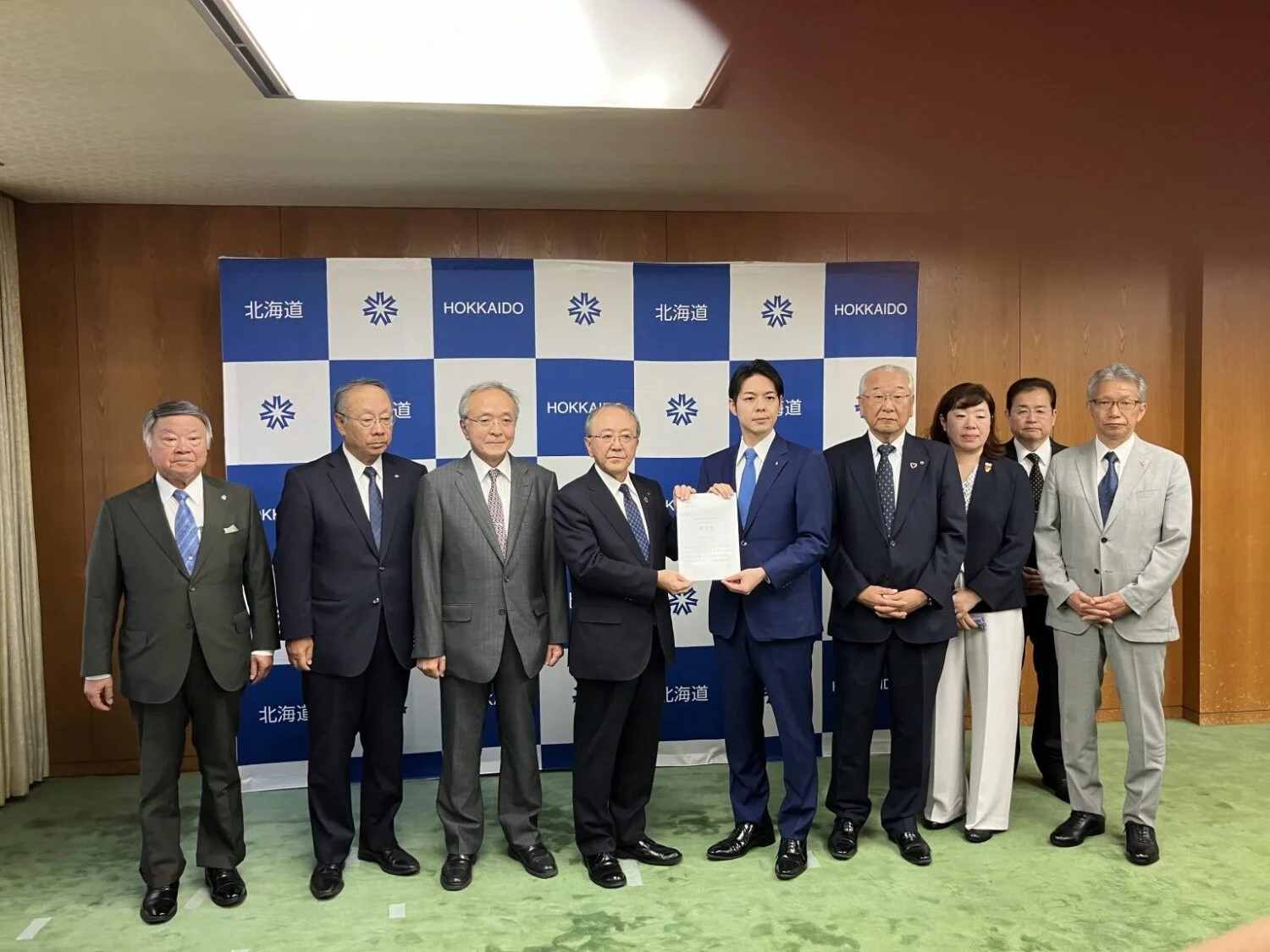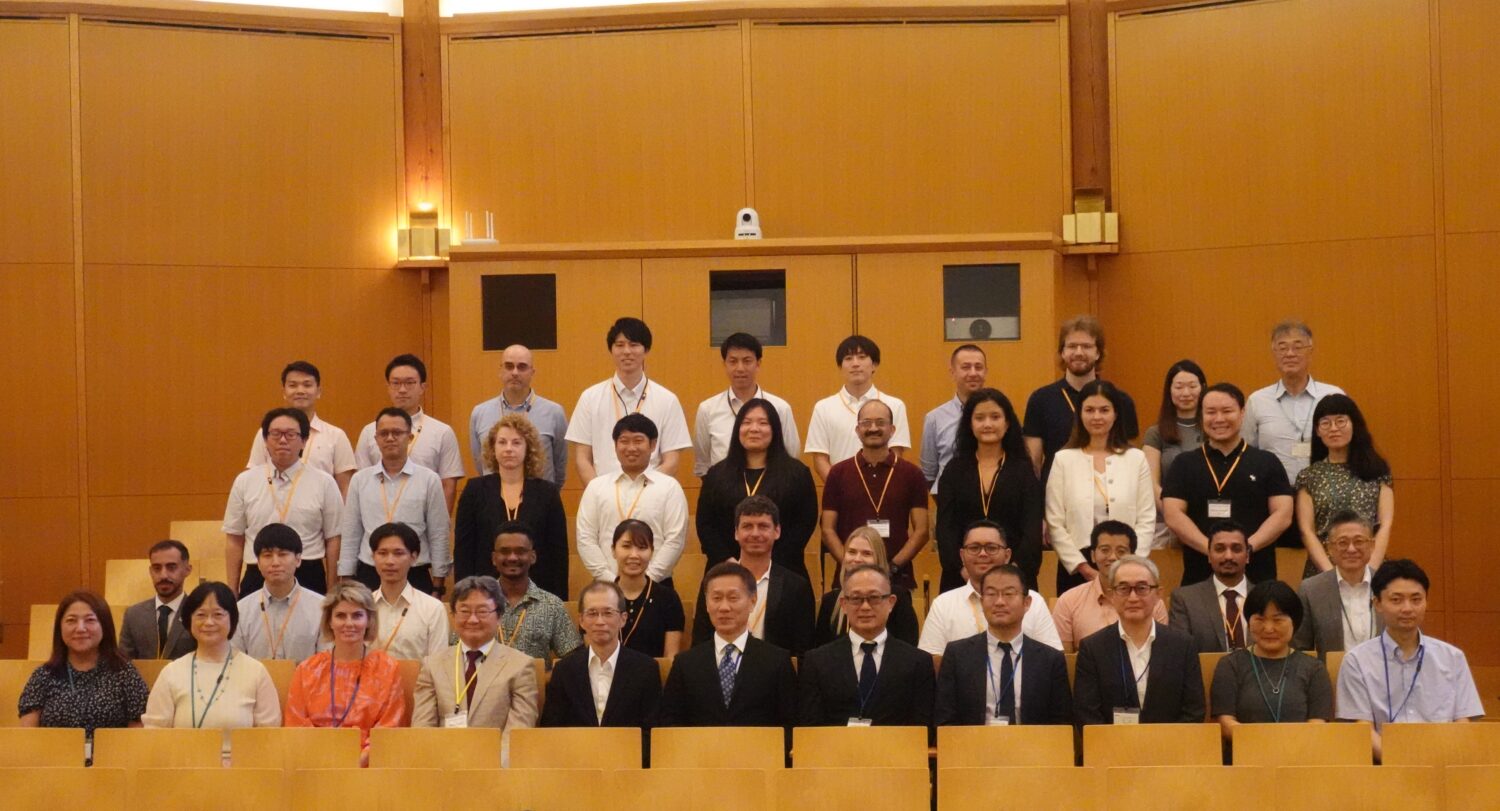Currently, Niigata Prefecture is holding explanatory public meetings toward restarting Unit 7 at the Kashiwazaki Kariwa site. The focus has been on the prefecture’s position.
Toward achieving Carbon Neutrality by 2050, the GX Implementation Council advocates “fundamental reform of society and the economy as a whole, shifting from a fossil-fuel oriented economy, society, and industrial structure—which have existed since the Industrial Revolution—to those oriented toward clean energy. Launched in July 2022 to address the development of necessary policies, the council has thus far met 12 times, deepening discussions through exchanges of opinions with relevant ministers, experts, and specialists.
Back in August 2022, at its second meeting, the council presented its ideas about how the country should carry out nuclear policy into the future, and laid forth a course of action for speeding up the restarts of seven NPPs whose operation had been stalled since the 2011 accident at Fukushima Daiichi, and for which permission had been granted to make changes to its reactor installations. Discussions were conducted against the backdrop of world circumstances, including turmoil in oil and gas markets due to the Russian invasion of Ukraine.
The seven units in question were as follows:
- Takahama-1 and -2 (PWRs, 826MW each) of the Kansai Electric Power (Kansai EP)
- Onagawa-2 (BWR, 825MW) of the Tohoku Electric Power
- Shimane-2 (BWR, 820MW) of the Chugoku Electric Power
- Kashiwazaki Kariwa-6 and -7 (ABWRs, 1356MW) of TEPCO
- Tokai-Ⅱ(BWR, 1100MW) of the Japan Atomic Power Company (JAPC)
At a meeting on August 27, Prime Minister Kishida, while speaking about his own expected resignation, declared that “preparations for restarting NPPs in Eastern Japan” would be one of his key personal priorities during the remainder of his term, in order to advance the country’s GX efforts.
Eastern Japan, he said, depends on fossil fuel power plants for as much as 70% of its electricity. As those plants are concentrated along Tokyo Bay and on the Pacific Coast, they are vulnerable to natural disasters. Additionally, the prime minister mentioned his concern about increasing disparities in electricity rates between eastern and western Japan, with NPP restarts proceeding in the latter.
In those circumstances, Prime Minister Kishida said that a ministerial meeting on nuclear energy would be convened during the following week to address restarting the Kashiwazaki Kariwa NPPs. He said that he would make his position clear at the meeting, and would instruct participants there to develop specific measures to realize more restarts.
Indeed, around one-tenth of fossil fuel power in the Tokyo metropolitan area is generated by aged plants that have been in operation for more than four decades, according to policy measures for electricity supply and demand that the Agency for Natural Resources and Energy (ANRE) issued in June for the upcoming summer months. Given, moreover, that about 30GW of that capacity is concentrated along Tokyo Bay, there is an elevated risk of loss due to aging problems.
The summer of 2024 has been intensely hot so far, with electricity demand soaring especially because of air conditioning use. According to the TEPCO Electricity Forecast, maximum electric power demand of 56.99GW was recorded in the company’s service area between 2 and 3 o’clock in the afternoon on July 29. On that day, Kumagaya City in Saitama Prefecture (around 70km NW of Tokyo) saw a sweltering high of 40℃ (104°F). The maximum electric demand in the previous summer had been 55.25GW, between 2 and 3 o’clock in the afternoon of July 18, 2023.


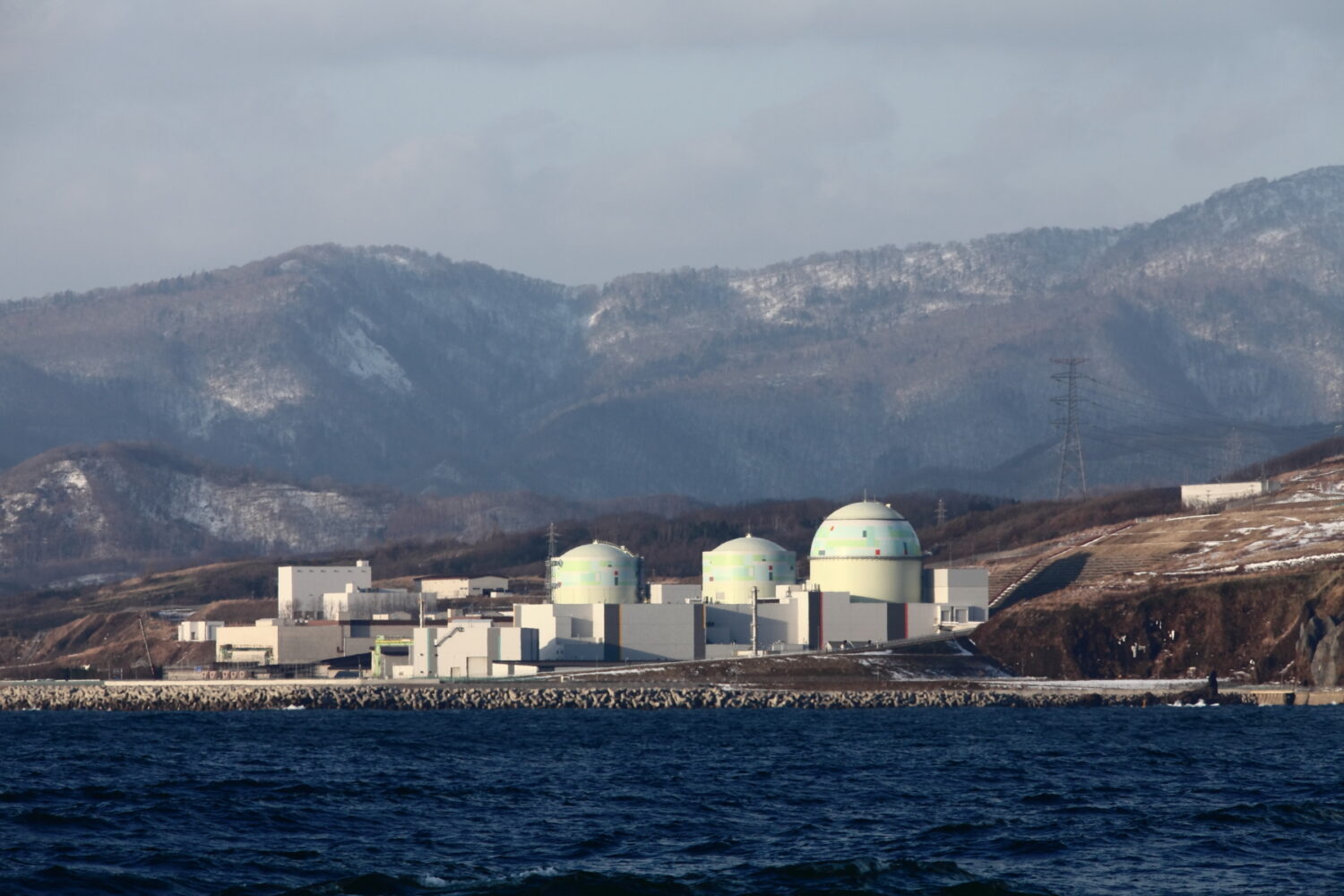
-049.jpg)
.jpg)

